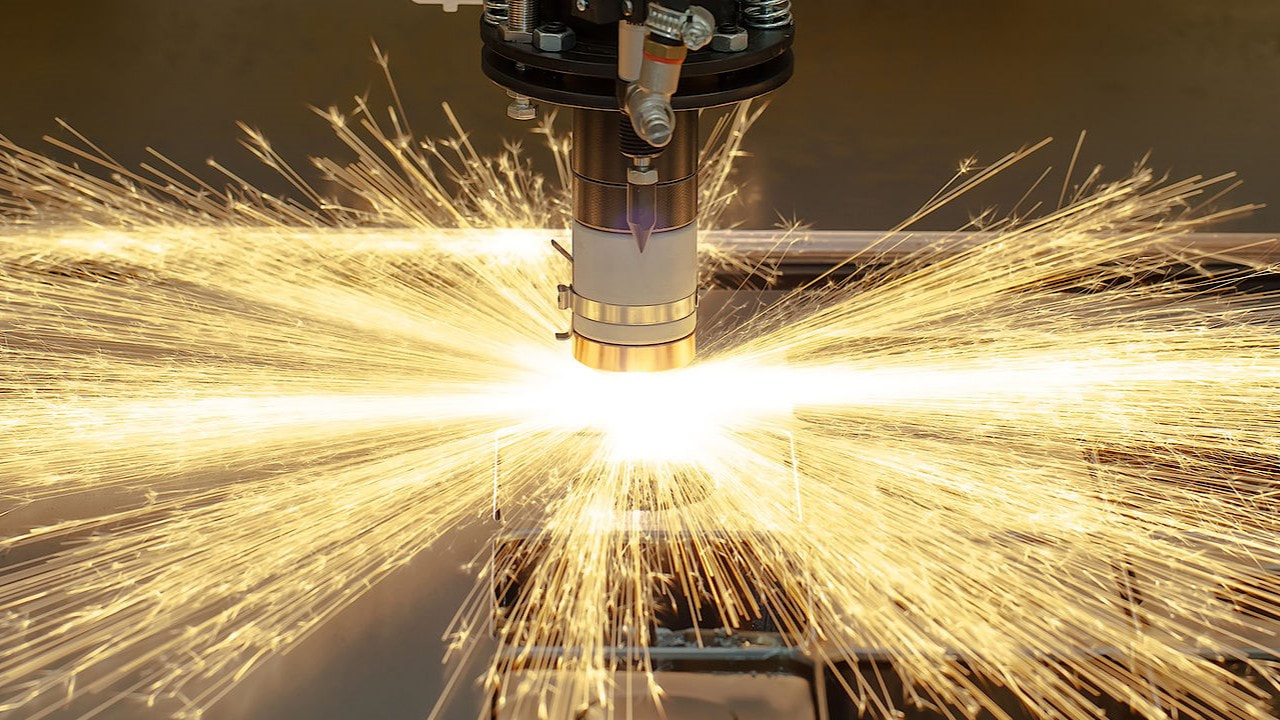|
Several common metal processing methods:
The advantage of casting that is difficult to replace is that it is almost unlimited in terms of shape, raw material type and size, especially for objects with complex inner cavity shapes; investment in equipment is relatively low, and waste recycling is easy. Castings can have high hardness, but generally the surface fineness and mechanical properties are poor, and the scrap rate is high. Casting is widely used in many objects, such as metal knives and forks, pots and pans, iron plates, etc., which are all cast by various techniques, and then matched with back-end processing and decoration. The use of sanding or dewaxing can also perform small batch production or proofing, especially suitable for objects with complex inner shapes and closed shapes or tricky shapes.
Forgings generally have good mechanical properties. The heavy-duty machine-based process also has the advantages of saving raw materials and rapid production; manual-based free forging has extremely high flexibility and is suitable for development or small production of high-unit price art. Relatively speaking, if it is not a small item produced by manpower, the production of forged parts will require processing equipment with huge capital, and considering the utilization rate, the shape is not as free as casting. The forging process densifies the crystal structure of the metal, making the object thin and strong. In manual hammer forging, this feature can improve the soft properties of some chemically stable or high-value metals, such as gold, silver, copper or tin. Manual forging is suitable for precious metals with good ductility, and can be customized according to the design shape. In addition to large forging machines and dies, industrial forging generally combines many chain quenching techniques. It is mostly used for mechanical parts with high strength requirements, such as train wheels or ship engine drive shafts.
The spinning-formed object will have stronger mechanical properties, and the billet will be stretched to a greater extent, so it is not easy to tear. The cost of the mold is low, and generally only one core mold is needed to make it; the requirements for materials and machines are also low, and a lathe is often used instead of a spinning machine. Spinning requires less process equipment than stamping, but it is mostly made manually, which is less efficient. Suitable for many items but small batch production. In industrial mass production, automatic machines are often used for crimping or necking processing of stamped objects. But when forming thin products, skilled labor can get a better surface appearance than machines. Large pieces of hand-spinning are currently common in copper and aluminum products, such as copper pots, brass instruments, cymbals or large aluminum lamp shades.
Stamping generally has two upper and lower dies. After the plate is placed in the middle and pressed, the deformation, cutting or joining can be completed, and then the object is completed. It is most commonly used for bending, punching, shape cutting or extruding ridges to increase structural strength of sheet metal components, and can even directly punch out decorative patterns; however, these are almost all bending and forming of flat materials, which will not significantly affecting the thickness of the material can be imagined as a more complicated origami. Extension forming (or deep drawing, deep extension) is a special project. It can extend a flat plate into a three-dimensional hollow body, and the extension process will change the wall thickness. It is an important process that greatly replaces traditional spinning in mass production. Good stamping parts are light in weight but high in rigidity, fast in mass production, and very uniform in quality. There are strict requirements for molds in the manufacturing process, especially composite molds or continuous molds that combine multiple processes, and the cost is even higher, which is suitable for large-scale and single-type production. From home appliances, car casings, thermos bottles, trays and other small things, as long as you see objects shaped like metal sheets on the market, almost all of them are mass-produced by stamping.
In addition to accelerating development and challenging more diverse shapes, metal 3D printing is particularly effective in medical or aerospace technology, such as re-bonding or joint repair, where the most suitable ones can be freely printed according to the patient's condition or wound contour. The shape, combined with the honeycomb structure to reduce the weight, is not easy to achieve by traditional processing methods. Comments are closed.
|
Categories
All
Machinery FutureShow You Lots of Latest Industry News & Knowledge to Change Your Industrial Vision. A knowledge platform established for industry
Search to Find You Need
|
Proudly powered by Weebly



